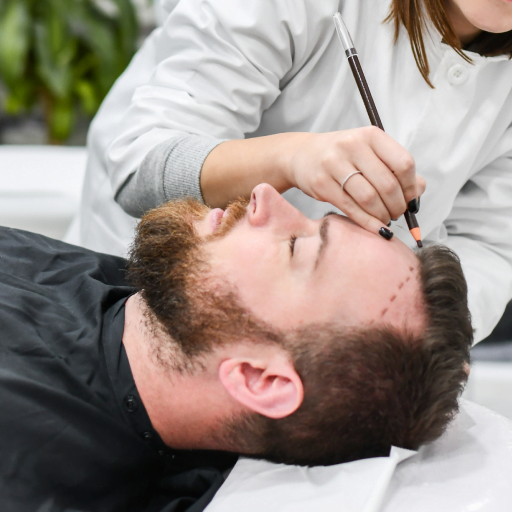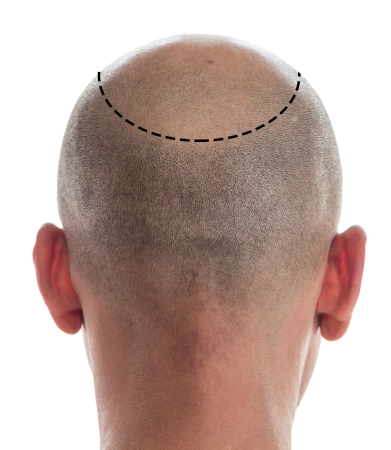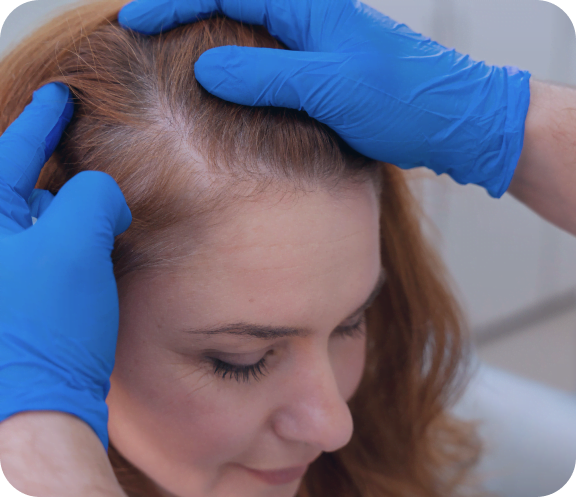Follicular Unit Transplantation (FUT)
Conveniently located to serve the Northern Virginia, Maryland and Washington D.C. metro areas.
Are you seeking a more permanent solution to your thinning hair or bald spots on your scalp? Consider a follicular unit transplantation (FUT) procedure from The Hair Transplant Center – Virginia.
Hair transplants can help people overcome thinning, balding, and receding hairlines caused by aging, genetics, underlying medical conditions, or trauma to the scalp. Many people who deal with hair loss issues can choose to undergo a hair transplant to improve their hair loss circumstances.
Hair transplants aim to restore hair to areas of the scalp with limited or no hair growth. To achieve significant results, you may need follow-up hair replacement procedures combined with nonsurgical hair loss treatments that include oral finasteride, topical minoxidil, vitamins, and other supplements. In contrast to nonsurgical choices that include wigs or plugs, hair transplants deliver a permanent, natural-looking solution that won’t demand progressive maintenance.
Hair transplant technique technology is always advancing. Even the most experienced hair transplant doctors continually expand their knowledge of developments within the hair restoration industry. At The Hair Transplant Center – Virginia, we offer Follicular Unit Transplantation (FUT) technique in the form of a clinic-based hair transplant process that can help you address your receding hairline.



